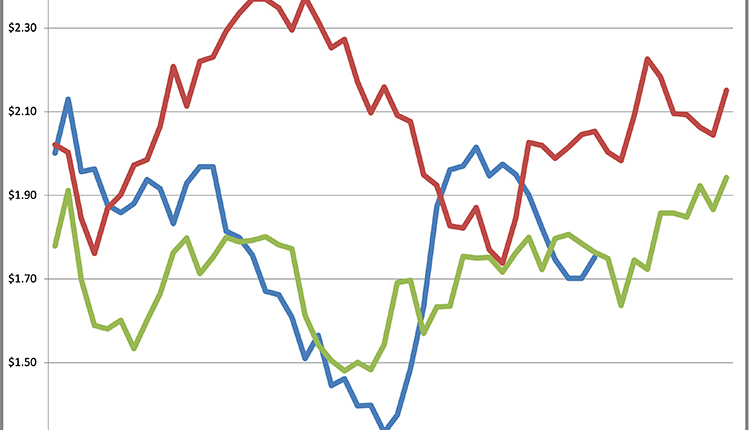The information listed below has been supplied by dairy marketers and other industry organizations. The information provided here has not been edited, verified or endorsed by Hoard’s Dairyman.
A key driver for the future milk supply is undoubtedly the long-term average milk price at which the farmers are able to produce. IFCN estimates this milk price level at 41 USD/100 kg milk (Energy Corrected Milk at 4.0% fat, 3.3% protein); a price level that is substantially higher than the prices observed in 2015 and 2016. With this price, the milk production is expected to increase by 208 mill t, which represents 8.5 times the current milk production of New Zealand.
In the next ten years there will be also significant changes in farm numbers and size. The main finding is that in 2025 there will be fewer but larger farms on global level. By then IFCN expects the world to count 121 mill dairy farms, a drop of 17.5 million farms over ten years from now. Will it mean less cows? No, since the number of cows and also milk yield are expected to increase. Numerically, this represents an increase in global milk production per farm of 47% until 2025.
Source: The IFCN Article ‘IFCN Long-term Dairy Outlook - The IFCN Vision of the dairy world in 2025’ is free of charge and can be downloaded under www.ifcndairy.org.
10.14.2016





